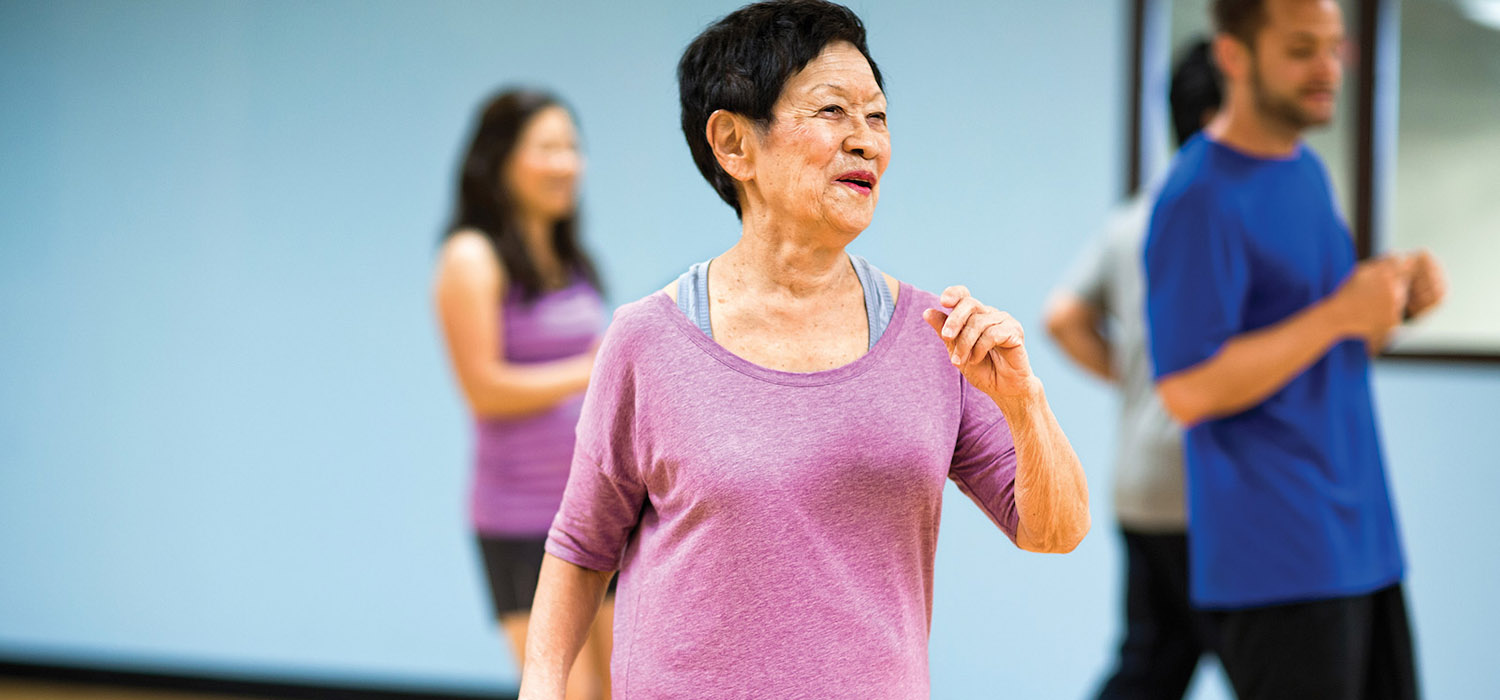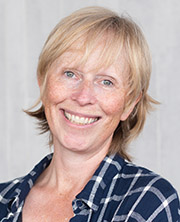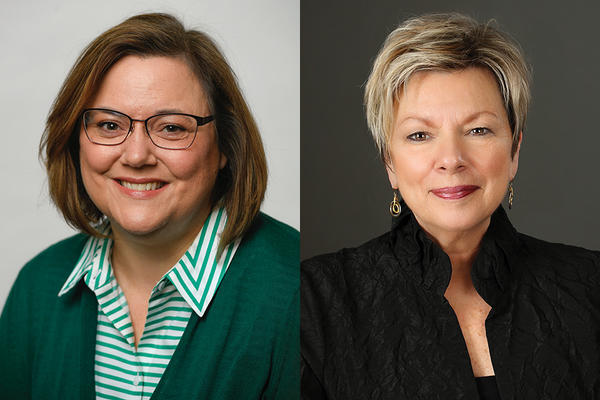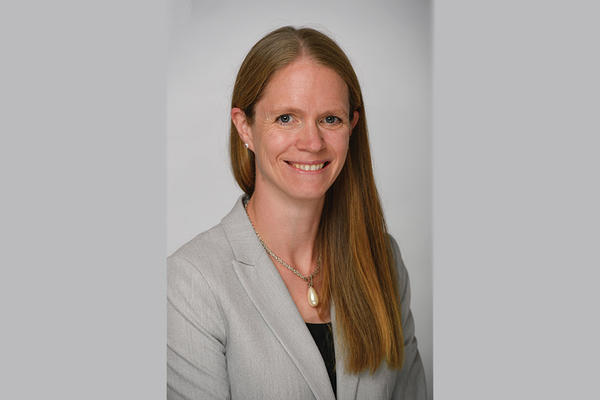Mindfulness and movement
Researcher Roni Evans aims to identify if mindfulness encourages physical activity in older adults
May 9, 2022
Meleah Maynard

Participants in the randomized study were assigned to one of two educational programs, both consisting of nine 90-minute group sessions offered first at Twin Cities YMCAs and on Zoom during the pandemic.

Roni Evans, DC, PhD, has been studying non-drug, complementary and integrative approaches for pain relief for more than 25 years.
Her research has found manual therapies, like chiropractic and massage, as well as exercise, to be helpful for reducing pain symptoms and getting people back to doing the things they want and need to do.
Recently, though, Evans, director of the Integrative Health & Wellbeing Research Program at the University of Minnesota’s Earl E. Bakken Center for Spirituality and Healing, has shifted her focus to another complementary and integrative strategy to keep people active that is often overlooked — mindfulness.
Funded by the National Institutes of Health’s National Center for Complementary & Integrative Health, Evan’s research project Mindful Movement for Physical Activity and Wellbeing in Older Adults aims to identify effective ways to help adults 50 and older become more physically active.
Participants in the randomized study were assigned to one of two educational programs, both consisting of nine 90-minute group sessions offered first at Twin Cities YMCAs and on Zoom during the pandemic. Each session focused on teaching people how to manage their thoughts and emotions to help overcome barriers associated with exercise. They also learned the benefits of mindfulness for overall health and wellbeing.
“Mindfulness-based interventions have become very popular,” Evans explains. But while research has shown that mindfulness can be helpful for managing pain, as well as mental health conditions, few studies have examined how mindfulness can help people become more physically active.
Evans believes mindfulness could help people overcome common issues, like a lack of motivation or fear of getting hurt with physical activity. But mindfulness takes work to develop. “Being mindful means developing the ability to notice or be more aware of what is going on, in the moment, without judgement,” she says. “We can be mindful by just noticing what it’s like to be sitting in a chair or walking in nature, pretty much anything. But it takes practice.”
Building a better mind-body connection
A trained chiropractor with a Master of Science degree in clinical research and a PhD in applied biomechanics, Evans has spent years designing complementary and integrative self-care programs that help people develop the skills and motivation to engage in positive health behaviors, such as walking rather than being sedentary.
“Physical inactivity, which is defined as not getting enough aerobic exercise to raise your heart rate, causes as much damage to our health as smoking and obesity,” she says, explaining that aerobic activity has many benefits, including reducing the risks of diabetes and heart disease.
Reasons why middle-aged and older adults fall far short of physical activity recommendations vary. In addition to fear and discomfort, research shows that some believe health declines are simply inevitable, so they feel less invested in changing their behavior. Others, often those with multiple, chronic conditions, feel they already have enough concerns without worrying about staying active.
Evans’ two-phase research project is on track to be completed in the summer. Once the results have been analyzed, she and her colleagues will share results through scientific journals so other can build on what they learned. They will also be creating presentations to share with the community.
“Keeping people motivated is a known challenge, and there is still a great need for high-quality research studies examining affordable and accessible programs, particularly in community-based settings,” Evans says. “I’m interested in how building a better mind-body connection can help support people in overcoming barriers to exercise and activity.”


